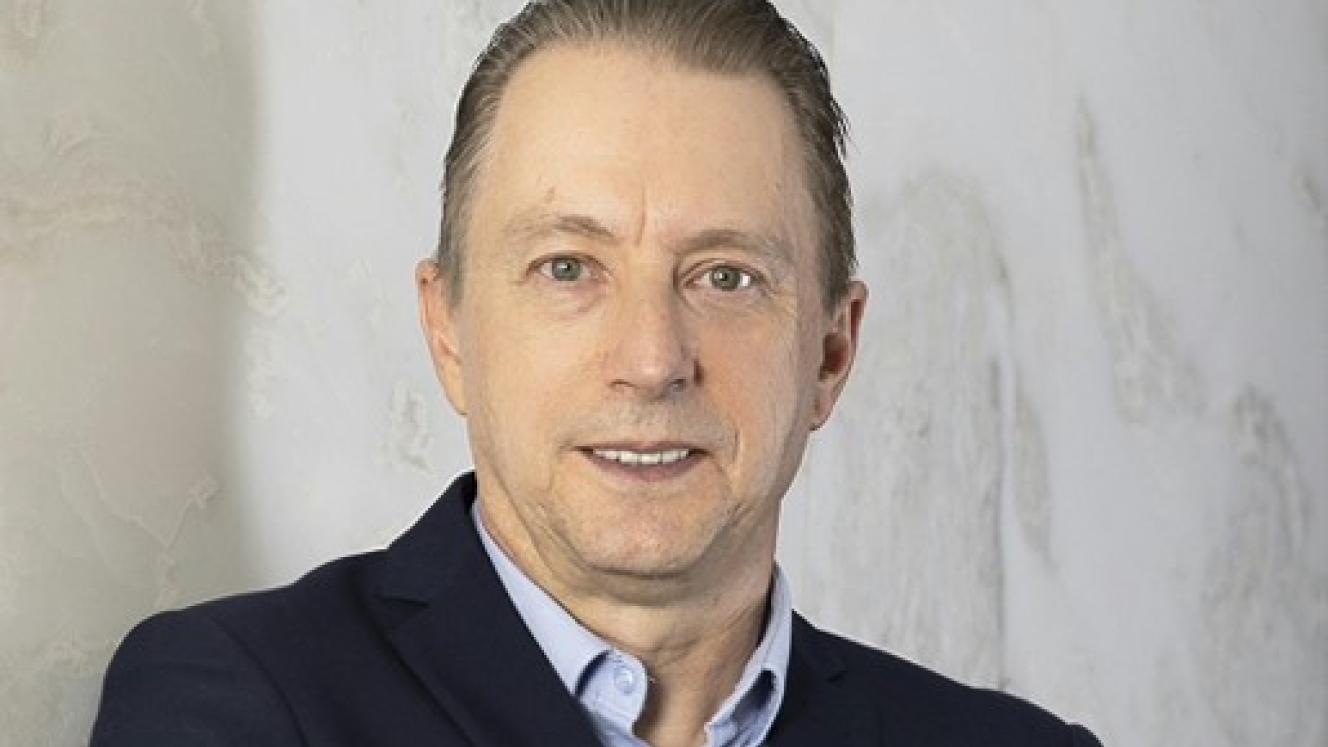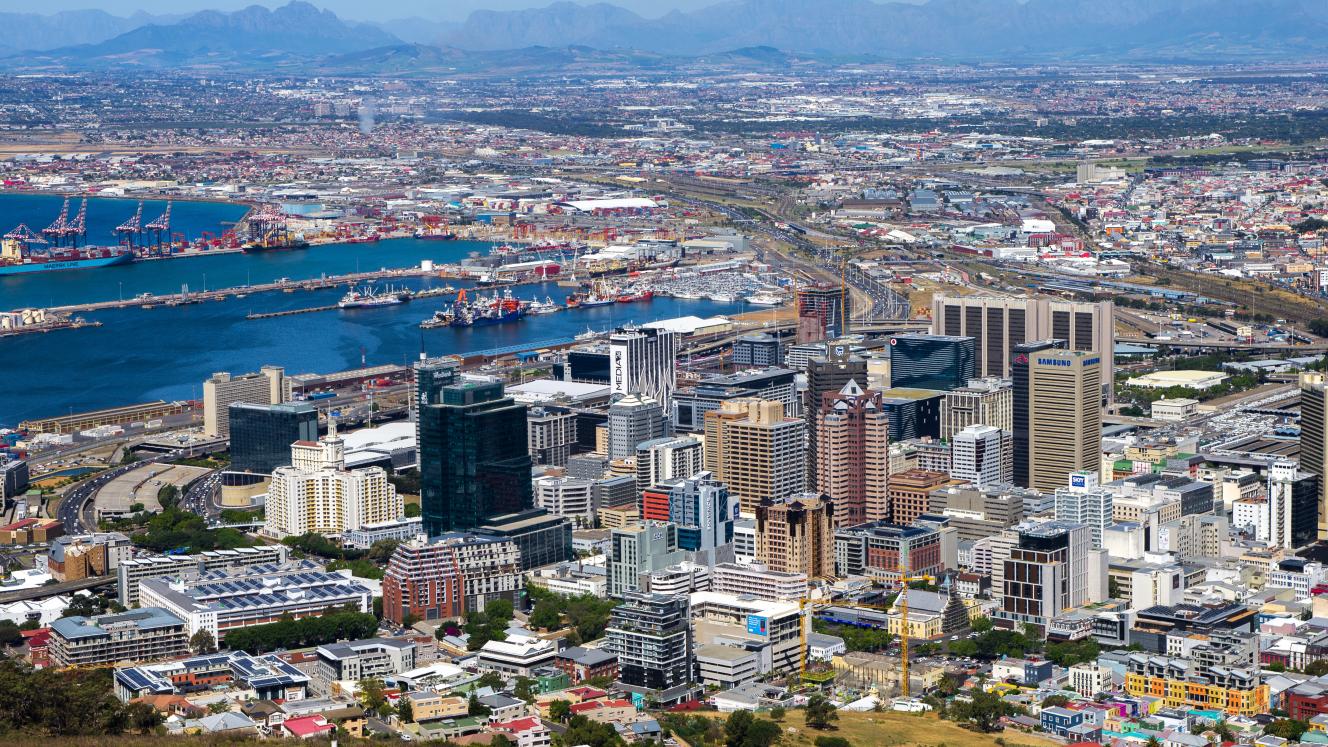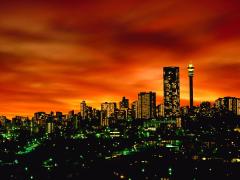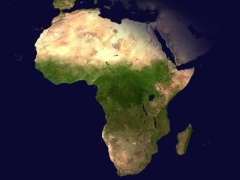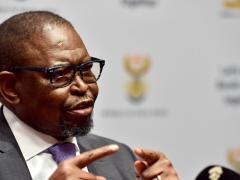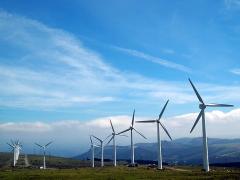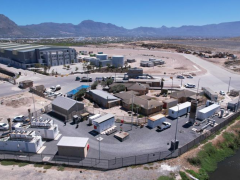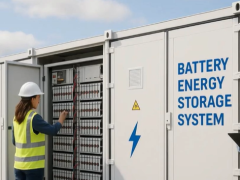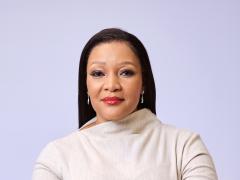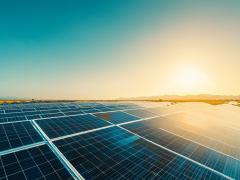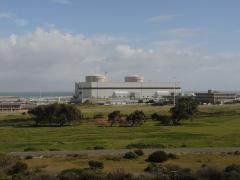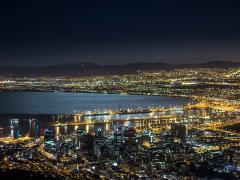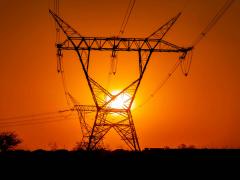From space, Africa is strikingly dark. More than half a billion people lack access to electricity, making the continent one of the least electrified regions globally. This is a development challenge and a missed economic opportunity. Yet Africa holds extraordinary renewable resources: solar PV potential of around 1,5 million TWh a year, wind of 980 000 TWh and significant hydro and geothermal capacity. By 2040, renewables could meet up to 80% of the continent’s energy needs, says Izaak Coetzee, Head of Strategic Insights and Analytics, Absa Group.
Despite this, the investment gap is stark. Africa has 60% of the world’s best solar resources but only 1% of installed solar generation capacity. More than US$20 billion a year is needed to meet energy and climate goals by 2030 but the region attracts just 2% of global clean energy investment.
Finance and policy frameworks are critical. To attract capital, projects must be bankable, predictable and protected. Without clear regulations and investor confidence, even the best sites cannot move forward.
At the same time, infrastructure is a bottleneck. Transmission and distribution networks are often inadequate with average grid losses of 15% and poor interconnection between regions. Power pools are essential but, first, the grid must be modernised and expanded to deliver renewable power where it is needed.
Corporate and financial partnerships are helping to close gaps. In 2024, Absa facilitated more than R49,2 billion in sustainable finance, including half of all closed projects under South Africa’s Renewable Energy Independent Power Producer Procurement Programme. Elsewhere, projects like Tanzania’s first municipal green bond show how innovative finance can deliver climate impact and community benefits.
With South Africa set to assume the G20 Presidency, there is an opportunity to place Africa’s energy priorities on the global stage. The resources and tools exist. What is needed is alignment of finance, policy and delivery to turn potential into power.
